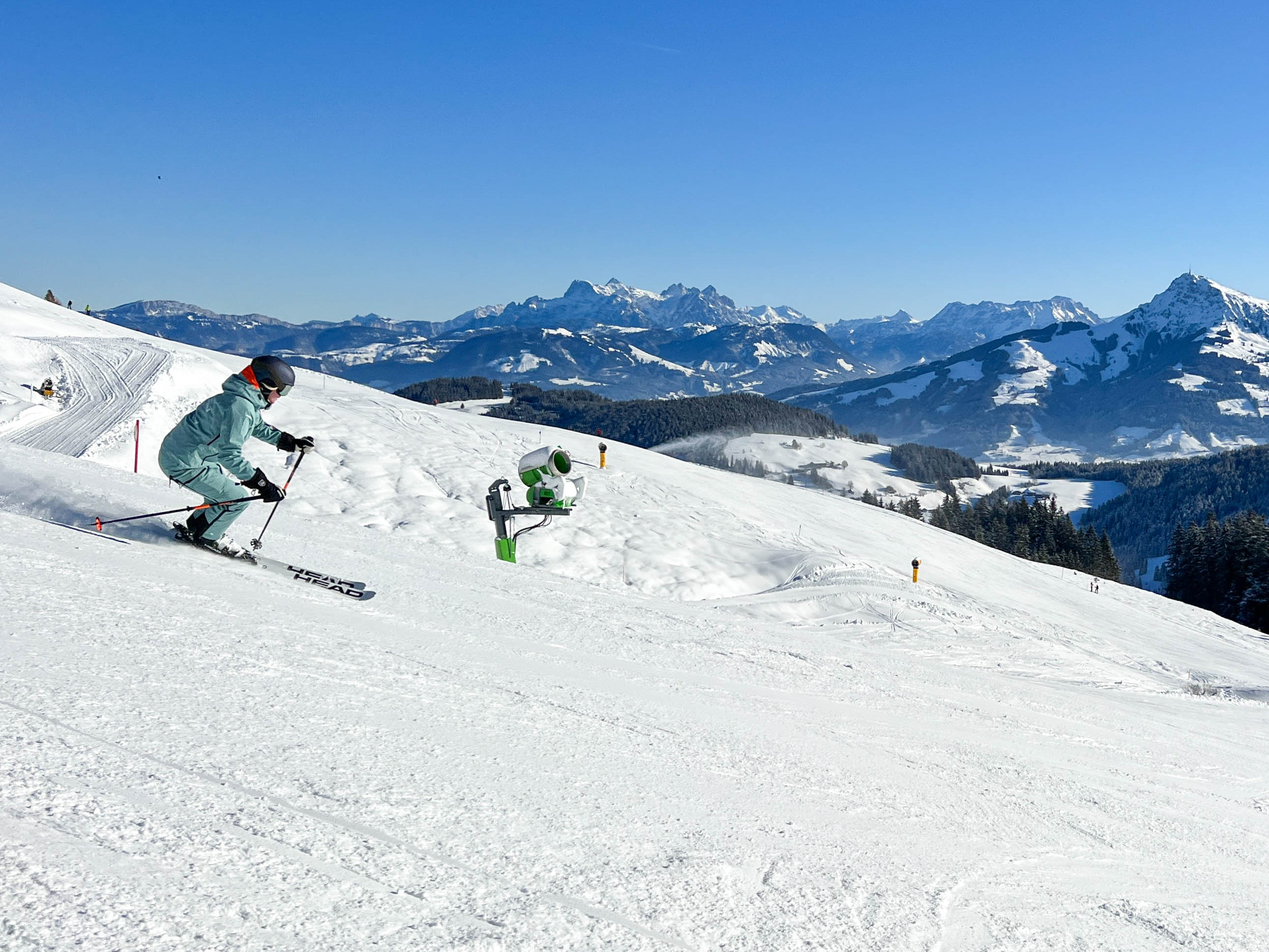
After a seemingly perfect winter season last year, it is hard to imagine that global warming is having an effect on the ski industry. The winter season 2012/13 started with a warm autumn attracting hikers and climbers in thousands to the Alps. This was followed by early, heavy snowfalls in November (even at low altitudes), that were then regularly topped up throughout the season to the delight of skiers, snowboarders and local businesses. However, scientists who daily observe and monitor the effects of changing climate patterns say that things are likely to change in the near future…
Statistics show hard evidence
Looking at graphs that chart average temperatures in the mountain town of Annecy in France since the late 19th century, it is clear that the average annual temperature has increased by at least 1 degree. Some optimistic scientists argued that the rise in temperature was due to the town’s growth, so researchers looked again and decided to chart the average temperatures in the smaller Swiss village of Jungfrau, at an altitude of 3800m. They came up with the same conclusion. Along with temperatures, snowfalls are obviously an important factor to take into consideration too. There has been around 40% less snow cover in lower lying areas of under 1000m of altitude over the last 50 years. However, it is reassuring to note that at higher altitudes above 2000m, there has been little no change. However, overall, these statistics clearly show that the Alps are warming up and, although we may still be able to enjoy the sunny, snow-covered slopes with our kids, our grandchildren might have less choice when booking their ski holiday. It is important to remember, however, that these changes will not just affect our ski holiday habits, but that local business and the local ecosystems will have to adapt too!
High altitude skiing
Whereas in the past, we advised skiing in high altitude ski resorts at the beginning and the end of the ski season to ensure good snow conditions, in the future, this will become a standard criteria for any ski holiday all through the winter season. Ski resorts that have most of their ski slopes above 2000m of altitude will still be able to pretty much guarantee snow cover in the future but ski resorts at lower altitudes, from 1500m downwards will have reason to worry. Make the most of those pretty tree-lined ski runs - they may soon be a thing of the past and we will all have to learn to love the luna landscapes of ski resorts such as Val Thorens and Tignes!
Glaciers show clear evidence
As you are no doubt aware, shrinking glaciers is a world-wide phenomenon and is obviously related to climate change. Hardly a week goes by without seeing an article in the newspaper or a documentary on the television about global warming. Glaciers in the Alps are no exception. The famous “Mer de Glace” (Sea of Ice), which can be reached train from Chamonix, is the longest and largest glacier in the western Alps. Locals say that it used to pass just under the old ski lift that overlooks the valley from Montenvers – the lift was built in 1960. Today, visitors, must trek down 380 steps from the ski lift! Official measurements show that in the last 20 years it has lost 65m in depth and 300m in length since 1996. As a first time visitor, you may only notice the yellow markers showing previous measurements, but for those who visit the site regularly, the change is shockingly evident.
Plan of action
Many ski resort managers and regional authorities are beginning to wake up and admit to the reality that the golden years are coming to end and that snow is going to become rare commodity in the future! One example, is the Chamonix Mont Blanc Valley authorities who, last year, introduced a climate and energy action plan, the first of its kind in the French Alps. One of this plan’s commitments is to reduce greenhouse gas emissions in the area by 22% by the year 2020 by limiting access to HGVs through the Mont Blanc Tunnel. On the Italian side of the Alps, scientists at the Environmental Protection Agency of Aosta Valley have seen “a rise of between 1.8°C and 2.5°C – double the global rate recorded”. According to these climate models, drastic changes in the winter tourism industry will be felt by as early as 2040! In some areas, drastic measures have already been put in place. For example, the owners of the Pitzal Glacier ski resort decided to wrap the glacier in blankets to keep it cold during the summer months! They covered 15 acres and it seems to have worked as the melting rate slowed.
















